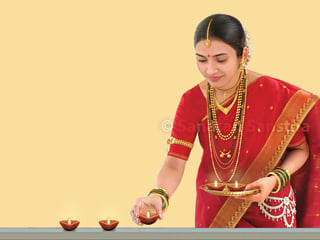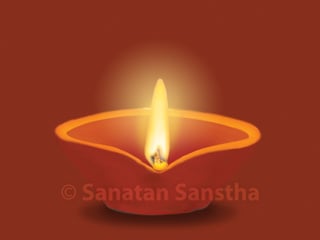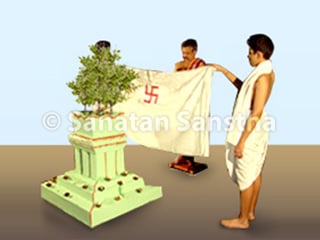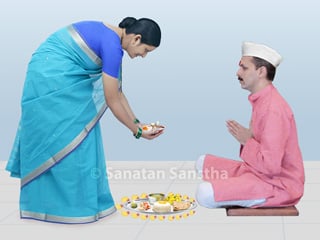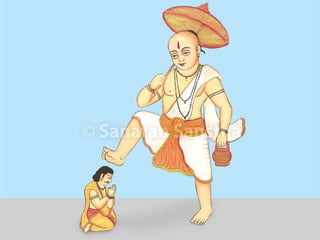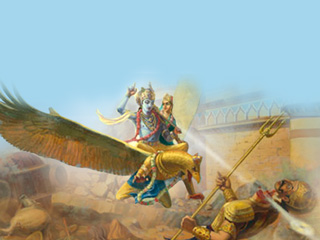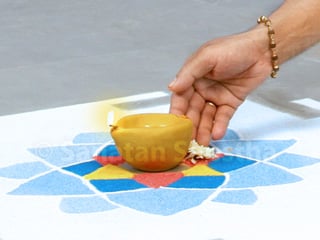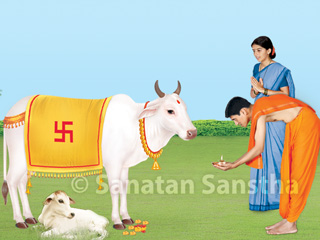How to celebrate Deepawali in adverse times caused by coronavirus pandemic ?
A few public restrictions in some places have limited the celebration of Deepawali as usual. Some useful aspects and perspectives on how to celebrate Deepawali in such places are given ahead.

